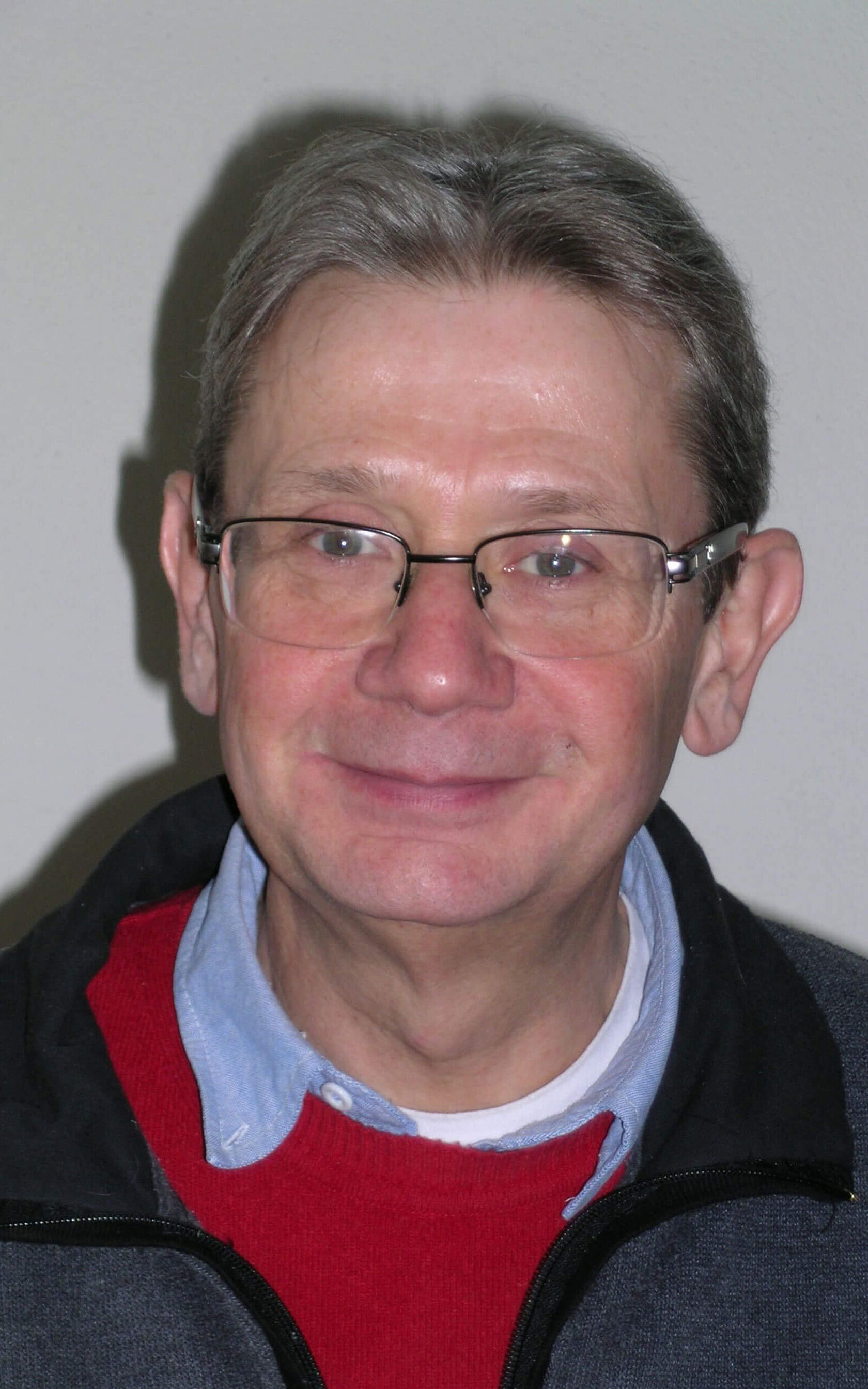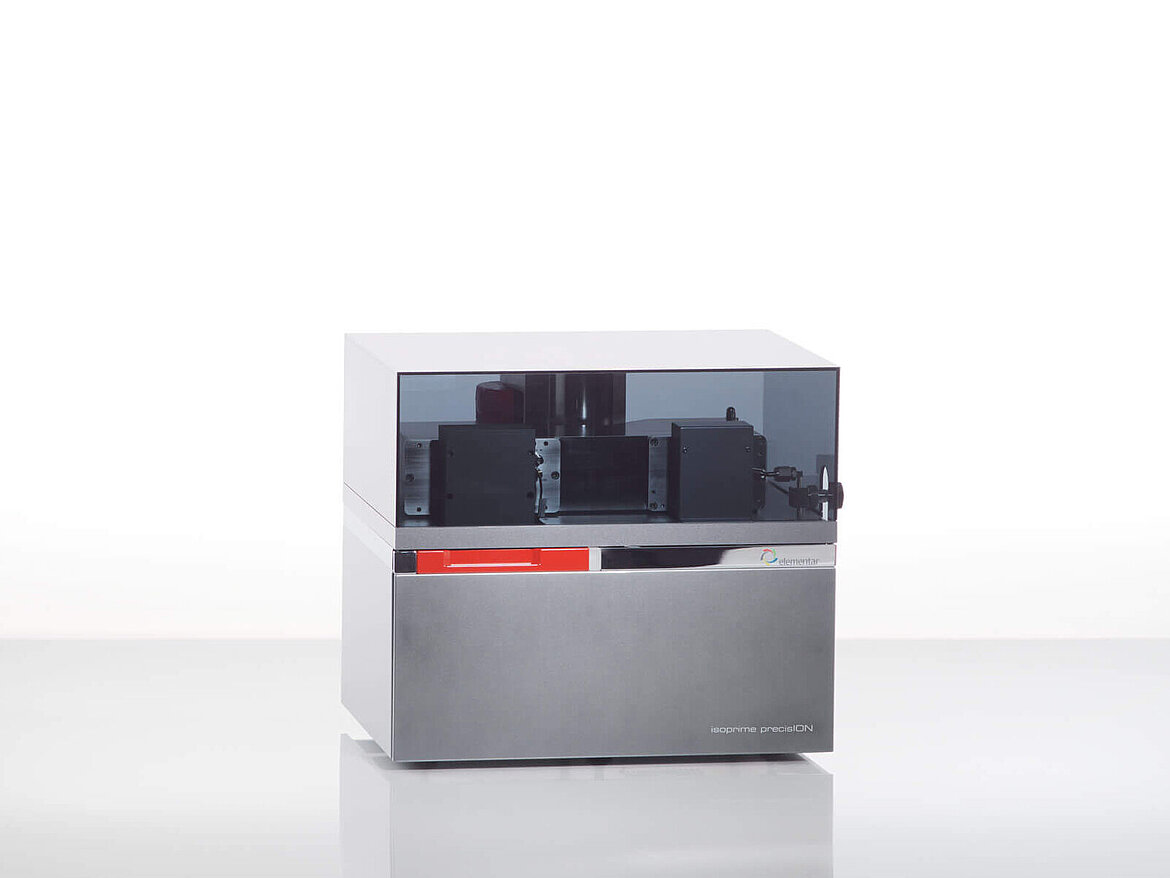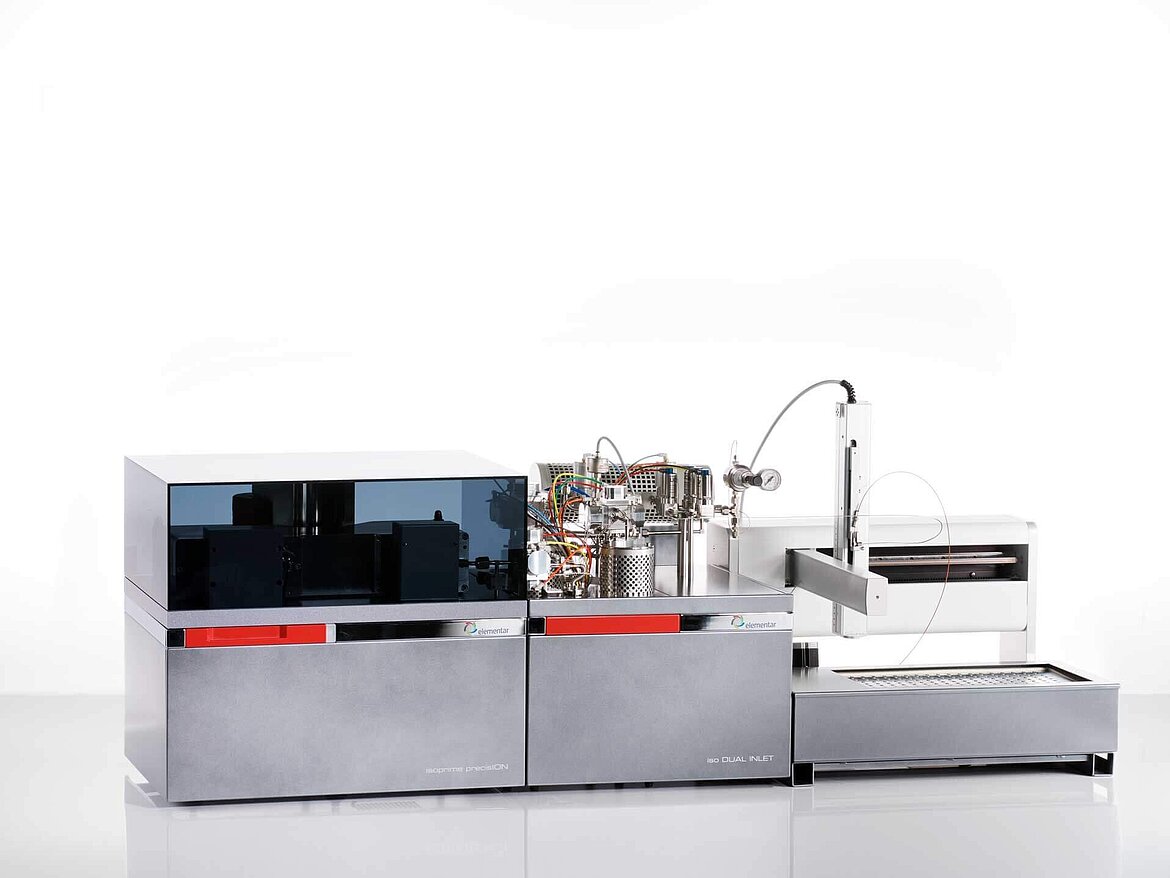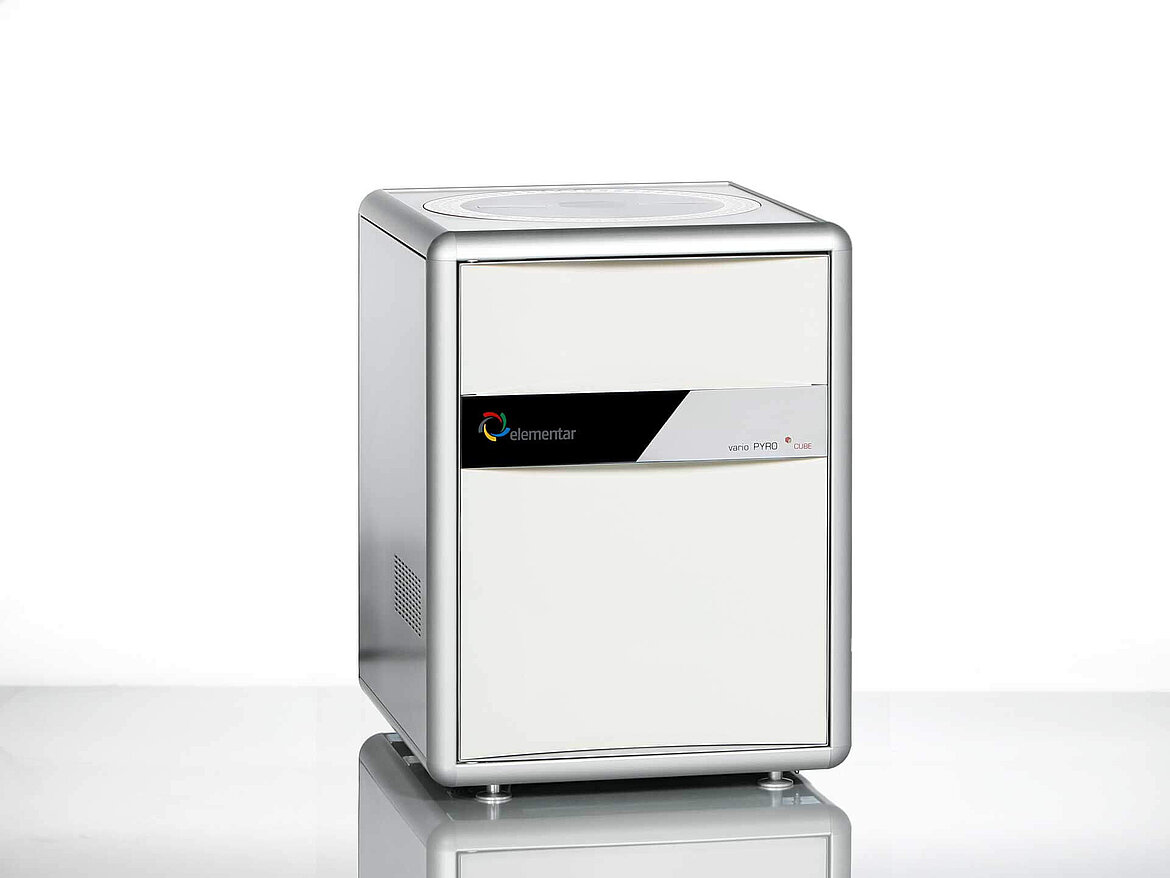LEHNA Laboratory of Ecology of Natural and Anthropized Hydrosystems @ The University Claude Bernard Lyon 1, Lyon, France
Dr François Fourel is a CNRS (Centre national de la recherche scientifique) Research Engineer in charge of a stable isotope mass spectrometry facility at the University Claude Bernard Lyon1,which includes instruments both from the Laboratoire de Géologie de Lyon Terre Planète Environnement (LGL-TPE) and the Laboratoire d’Ecologie des Hydrosystèmes Naturels et Anthropisés (LEHNA). Since September 2016 he is also a member of the board of the SFIS (Société Française des Isotopes Stables).
Dr Fourel's research activities are dedicated to both research projects and development/improvements of analytical techniques. The majority of his research work is dedicated to palaeontology, archeology with LGL-TPE and river ecology with LEHNA. As a former development engineer and product manager for Micromass, he keeps an interest in stable isotope techniques development.
The laboratory has a many isotope ratio mass spectrometers (IRMS) installed. In fact, they have every vintage going back to our PRISM instruments of the 1980’s. The facility has two instruments with vario PYRO cube® elemental analyzer systems (EA-IRMS) and one with Dual Inlet MultiPrep functionality. It has two Optimas with dual inlets and manifolds, one of which is also connected to an elemental analyzer. As well as this, the two working PRISMs mass spectrometers are still maintained for routine work. The team maintains in the laboratory a set of vacuum preparation lines where it can perform various development and preparation steps for its samples. It has a clean room dedicated to the chemical preparation of silver phosphates from bone/teeth apatites prior to their 18O/16O analyses, which is one of its main applications in geosciences.
The team is in the process of implementing our new isoprime precisION isotope ratio mass spectrometer (IRMS) system, equipped with the new iso FLOW peripheral to improve its analytical capacities to ensure that the lab stays at the forefront of the stable isotope community.
Since arriving in Lyon in 2004 to join the team of PROFESSOR CHRISTOPHE LÉCUYER, Dr Fourel has developed new techniques to improve the analyses of d18O from phosphate prepared from fossil remains based on EA-IRMS techniques. This has been particularly the case with the development of the vario PYRO cube® system in collaboration with Elementar. The Advanced Purge & Trap (APT) separation technology employed in these systems provides unique capabilities and represented a major step forward for the team to study thermophysiology of extinct vertebrates, such as dinosaurs or mammalian reptiles from the Mesozoic Era.
Dr Fourel also worked a lot with the Dual Inlet MultiPrep system, especially testing its capacities to run small carbonate aliquots (5-50 micrograms). He also used the large analytical capacities of the vario PYRO cube® for biological studies, where the number of samples is usually elevated. Finally, the multi-isotopic approach available for sequential NCS determinations from a single sample with the vario PYRO cube® system helped the team with developing a new thematic with archaeological studies, especially paleo diet reconstructions from Egyptian mummies, where available sample amounts are usually minimal. Here, the increased sensitivity of the EA-IRMS brought about interesting new insights into this fascinating research area.
On his relationship with Elementar, Dr Fourel had this to say:
The great relationships I've had with Elementar have always been a key factor to the development of our facility here in Lyon. I have been supported both by the main team in Manchester and also locally by the service team in France. I have also been supported by the EA experts in Langenselbold, who have an impressive knowledge of what's happening inside an elemental analyser. The great thing about Elementar is that no matter how crazy the ideas of scientists may be, they will always listen and try to help.
About the LEHNA Laboratory of Ecology of Natural and Anthropized Hydrosystems @ The University Claude Bernard Lyon 1, Lyon, France
The LEHNA Laboratory of Ecology of Natural and Anthropized Hydrosystems (Laboratoire d'Ecologie des Hydrosystèmes Naturels et Anthropisés) is a leading stable isotope mass spectrometry facility at the University Claude Bernard Lyon1 specialising in ecology, including biodiversity of ecosystems, plant ecology and wetlands, underground ecosystems and eco-physiology.
Instrumentation installed: | IsoPrime-Dual Inlet MultiPrep IsoPrime + vario PYRO cube® IsoPrime100 + vario PYRO cube® Optima IRMS with Dual Inlet/Elemental Analyzer PRISMs |
Address: | UMR CNRS 5023 LEHNA FRANCE |
Contact details:
| Email: Francois.Fourel@univ-lyon1.fr Lab website: umr5023.univ-lyon1.fr |
Selected publications:
|
|




